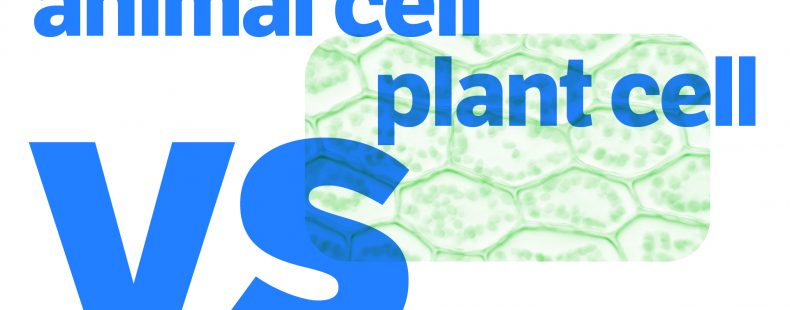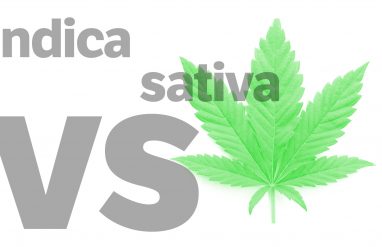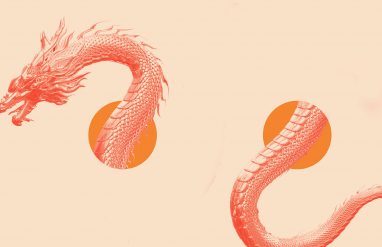⚡ Quick summary
Plant cells and animal cells differ in size, shape, and the parts that are inside them. For example, only plant cells have structures called plastids that can perform photosynthesis. Meanwhile, animal cells are much more likely to have structures called lysosomes that act as trash disposals, getting rid of unwanted particles like old cell parts or intruding viruses.
All living things are made up of cells. However, cells are different when considering plant or animal cells.
In this article, we will examine some common differences between plant and animal cells.
animal cell vs. plant cell
In biology, a cell is the smallest structural unit of living things. Everything that is alive is made of at least one cell. Within many cells are small organ-like structures called organelles, which perform many of the important functions cells need to survive and replicate. The cells of plants and animals have many of the same organelles. You may have heard of some of them before in a science class—organelles such as mitochondria, ribosomes, and cytoplasm.
However, plant and animal cells are different in several ways. Some of these differences include the following:
- Size: Plant cells are usually bigger than animal cells—up to three times as big!
- Shape: Plant cells have a rectangular shape. Animal cells come in a variety of different shapes, frequently round or oval.
- Cell wall vs. cell membrane: The outermost boundary of a plant cell is the cell wall, which gives it its shape. The cell wall allows water and many small molecules to pass through it. Animal cells do not have a cell wall. Instead they have a cell membrane as the outermost boundary. The cell membrane selectively allows certain substances to go in and out of the cell.
- Organelles: Animal and plant cells each have some unique organelles that the other doesn’t. For example, plants have plastids that perform photosynthesis. Animals do not perform photosynthesis and so do not have plastids. Animal cells, on the other hand, have organelles called lysosomes, which break down unneeded molecules and other junk materials. Plant cells usually do not have lysosomes because they have other means of discarding unwanted material or preventing it from entering the cell at all.
- Amino acids: Plant cells are typically able to make all of the possible amino acids needed to build proteins. Animal cells typically cannot produce all needed amino acids, so animals must get the missing amino acids through their food.














